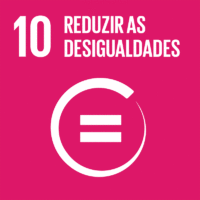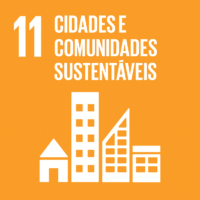Ciência-IUL
Publicações
Descrição Detalhada da Publicação
Edgar Cardoso’s bridge at Quiamafulo, Angola. Design and construction in the late 1950’s of the third viaduct across the River Cuanza
Título Revista
Construction History
Ano (publicação definitiva)
2023
Língua
Inglês
País
Reino Unido
Mais Informação
Web of Science®
Scopus
Esta publicação não está indexada na Scopus
Google Scholar
Abstract/Resumo
Designed by the leading Portuguese civil engineer Edgar Cardoso, the Quiamafulo Bridge was the third road viaduct to span the Cuanza River in Angola, and the one closest to the country’s capital, Luanda, therefore shortening distances to its sparsely populated hinterland. Located upstream from where the Cambambe dam and hydroelectric facility was being constructed, the Quiamafulo Bridge remained in use until it became submerged in 2017, following the augmentation of that hydroelectric facility, and the resulting enlargement of its reservoir. This called for a fundamental study on this bridge, which eminently served the Angolan road network for more than half a century, focusing on its project and construction. Since bridges take part in larger systems – as river basins do - notes are given on other viaducts built across the Cuanza during the Portuguese colonial period in Angola. Research drew upon previously unpublished sources archived at Lisbon’s Arquivo Histórico Ultramarino (AHU), and from Cardoso’s engineering company; through delving into newspapers published when the dam and bridge were built; comparing this bridge with other structures from that period by Cardoso; and on-site visits.
Agradecimentos/Acknowledgements
--
Palavras-chave
Quiamafulo Bridge,Edgar Cardoso,River Cuanza,Angolan road network,Cambambe Dam,Hydroelectricity in Angola
Classificação Fields of Science and Technology
- Engenharia Civil - Engenharia e Tecnologia
- História e Arqueologia - Humanidades
- Artes - Humanidades
Contribuições para os Objetivos do Desenvolvimento Sustentável das Nações Unidas
Com o objetivo de aumentar a investigação direcionada para o cumprimento dos Objetivos do Desenvolvimento Sustentável para 2030 das Nações Unidas, é disponibilizada no Ciência-IUL a possibilidade de associação, quando aplicável, dos artigos científicos aos Objetivos do Desenvolvimento Sustentável. Estes são os Objetivos do Desenvolvimento Sustentável identificados pelo(s) autor(es) para esta publicação. Para uma informação detalhada dos Objetivos do Desenvolvimento Sustentável, clique aqui.

 English
English



